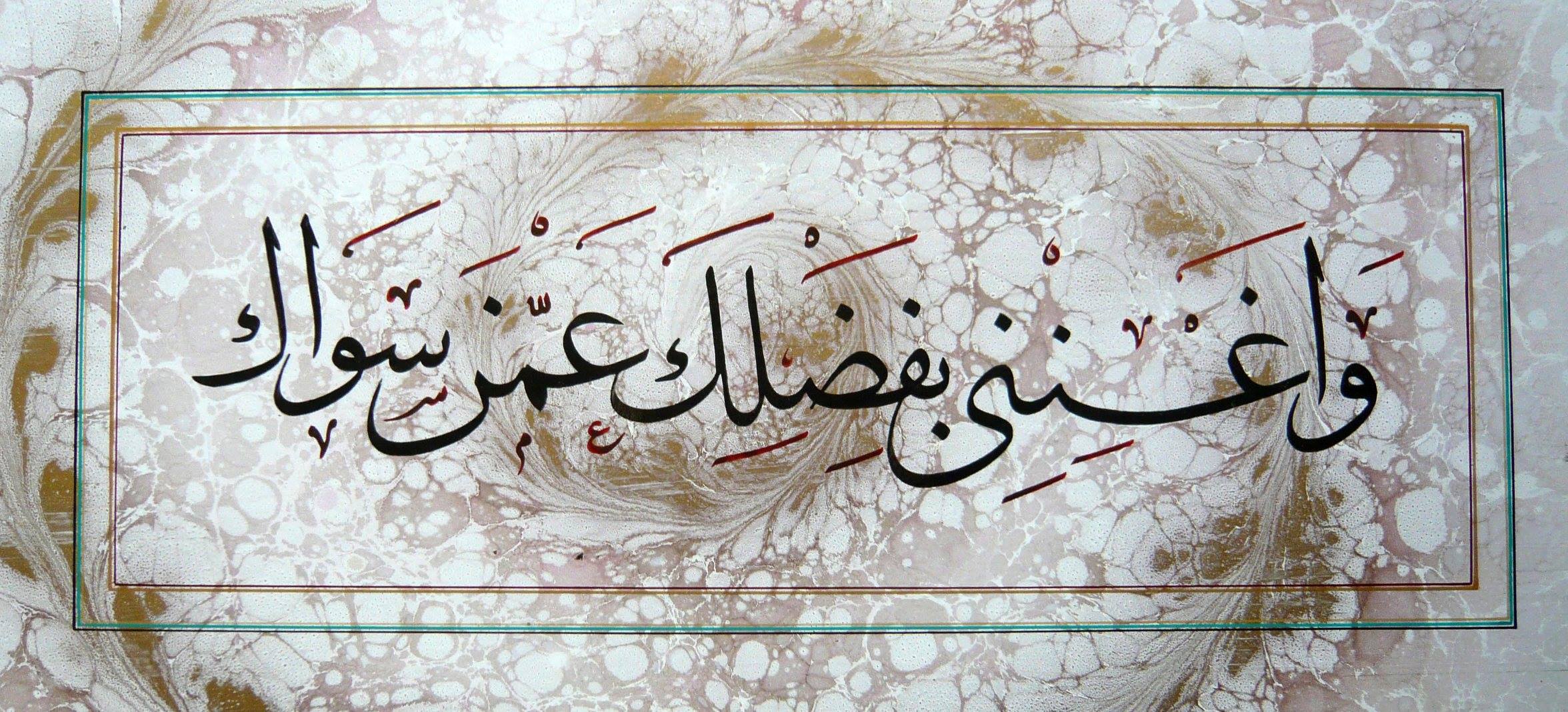
Welcome to our newsletter, dear readers,
• Our first new library item is an illustrated chapter, “The Message of Islamic Art”, by Jean-Louis Michon, distilling a lifetime of study, experience, and contemplation, into a few pages that try to grasp the essence of what may be rightly called “Islamic” in islamic art.
The idea of remembrance, of recollection—dhikr, tadhkir—is fundamental to Islam. The Quran is called dhikr Allah, remembrance of God, and dhikr Allah is also one of the names given to the Prophet Muhammad, not only because he was the trustee and transmitter of the Quran, but also because his behavior, his words, and his teachings… show to what extent he remembered his Lord, and as a result of this constant remembrance, was near to Him. This preoccupation, this obsession one might even say, with the recollection, the remembrance of God is not only a factor in individual perfection. It is also a stimulating ferment to social life and artistic development. In order to remember God often, it is necessary in effect that the members of the Muslim community should contrive to surround themselves at every moment of their lives—and not only during the ritual prayer—with an ambiance favorable to this remembrance.
Calligraphy by Shahriar Piroozram.
• A chapter on “Yinyang Cosmology” elaborates on the foundations of Chinese culture, how they appear in the interplay of cosmic forces, and how the most basic elements of a metaphysical system pervade later doctrines and countless applications, such as in medicine, fine arts, and martial arts.
Dao ties together heaven, earth, and human beings, all of which are generated from the Dao and model its spontaneous and generative capabilities. Dao animates the whole world and leaves nothing out, giving this world unity and coherence. The world is not constructed from individual pieces, but rather is an indivisible whole taking patterns and processes of interrelatedness as its fundamental structure.
• Finally, in an important article for the comparative study of religion, “Getting Away from ‘Religion’ in Medieval Japan”, Phillip Garrett explains how our modern concept of religion is inadequate to understand the fluid complexity of Japanese medieval society, with its pervading spiritual dimensions. Moving away from the “monks versus warriors” and “religious versus secular” simplifications, the article shows how
the historical reality cannot be understood if we only consider local warriors as leaders of armed forces and overseers of cultivators; they need to be seen as ritual practitioners and religious figures, whose authority over both their extended family and land depended heavily on their connection to temples and shrines.
The post Islamic Art, Yinyang Cosmology, and Leaving Religion first appeared on The Matheson Trust.
Más info en https://ift.tt/7ldhWEY / Tfno. & WA 607725547 Centro MENADEL (Frasco Martín) Psicología Clínica y Tradicional en Mijas. #Menadel #Psicología #Clínica #Tradicional #MijasPueblo
*No suscribimos necesariamente las opiniones o artículos aquí compartidos. No todo es lo que parece.

No hay comentarios:
Publicar un comentario